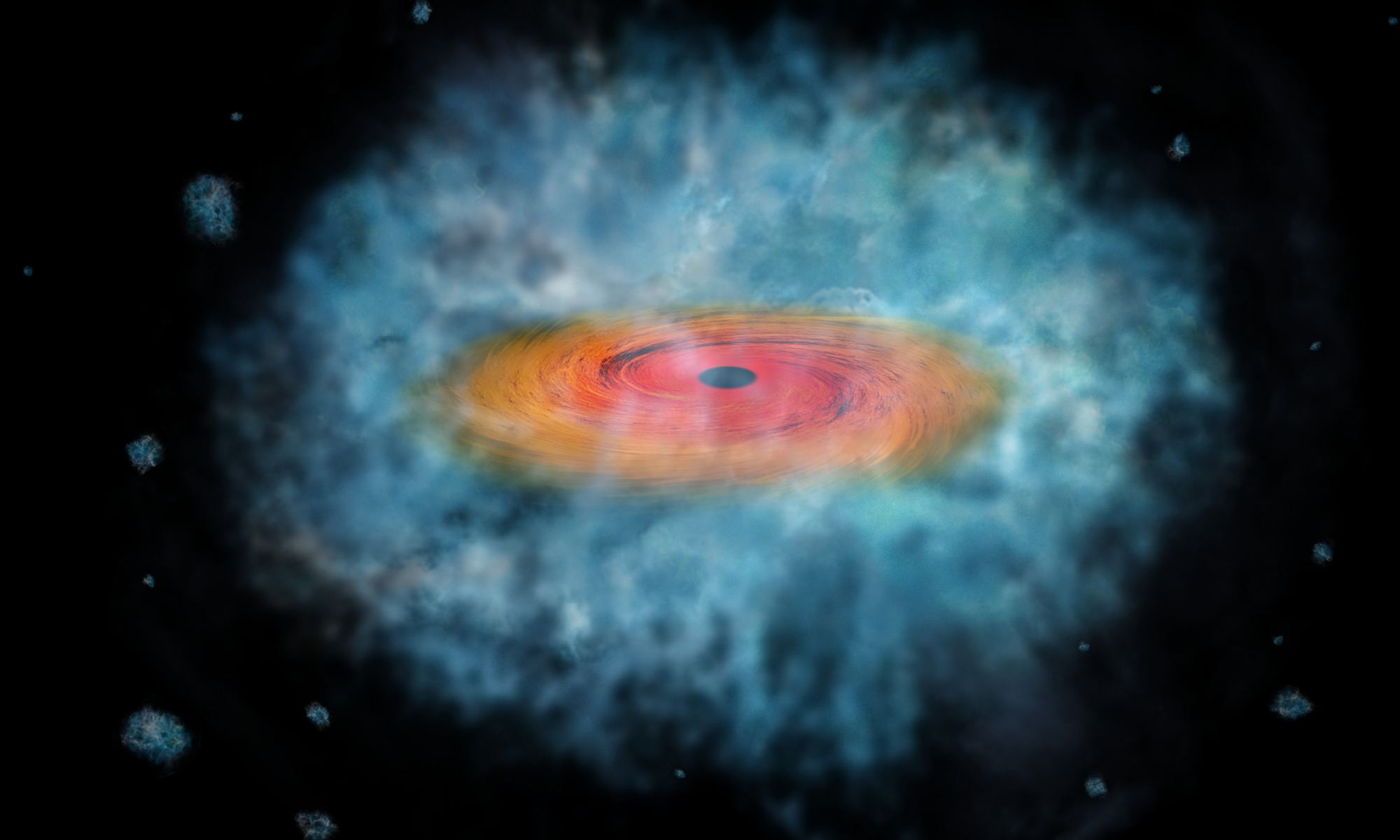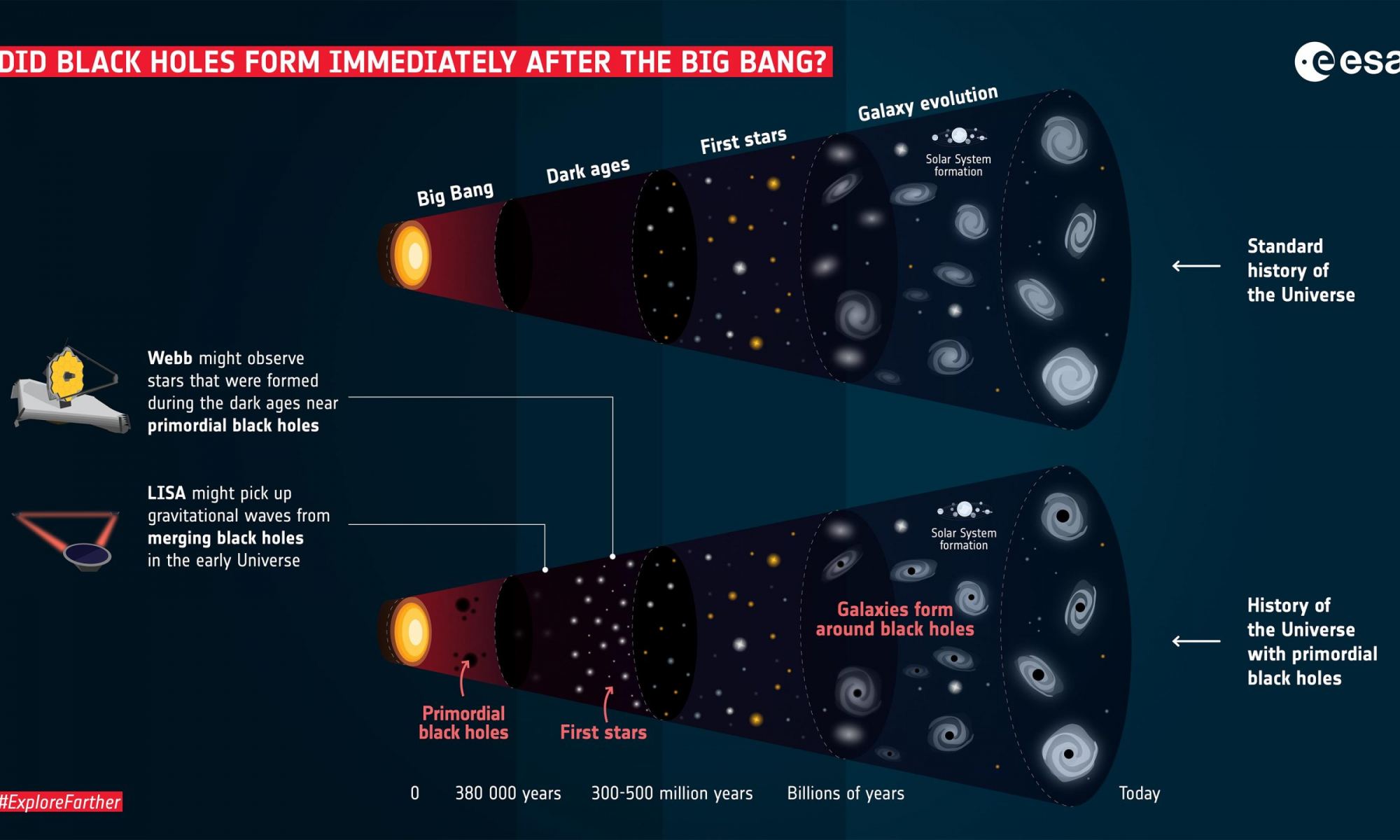Roughly half a century ago, astronomers realized that the powerful radio source coming from the center of our galaxy (Sagittarius A*) was a “monster” black hole. Since then, they have found that supermassive black holes (SMBHs) reside at the center of most massive galaxies. This leads to what is known as Active Galactic Nuclei (AGN) or quasars, where the central region of a galaxy is so energetic that it outshines all of the stars in its galactic disk. In all that time, astronomers have puzzled over how these behemoths (which play a crucial role in galactic evolution) originated.
Astronomers suspect that the seeds that formed SMBHs were created from giant clouds of dust that collapsed without first becoming stars – aka. Direct Collapse Black Holes (DCBHs). However, the role of magnetic fields in the formation of DCBHs has remained unclear since none of the previous studies have been able to simulate the full accretion periods. To investigate this, an international team of astronomers ran a series of 3D cosmological magneto-hydrodynamic (MHD) simulations that accounted for DCBH formation and showed that magnetic fields grow with the accretion disks and stabilize them over time.
Continue reading “Did Supermassive Black Holes Collapse Directly out of Giant Clouds of gas? It Could Depend on Magnetic Fields”








